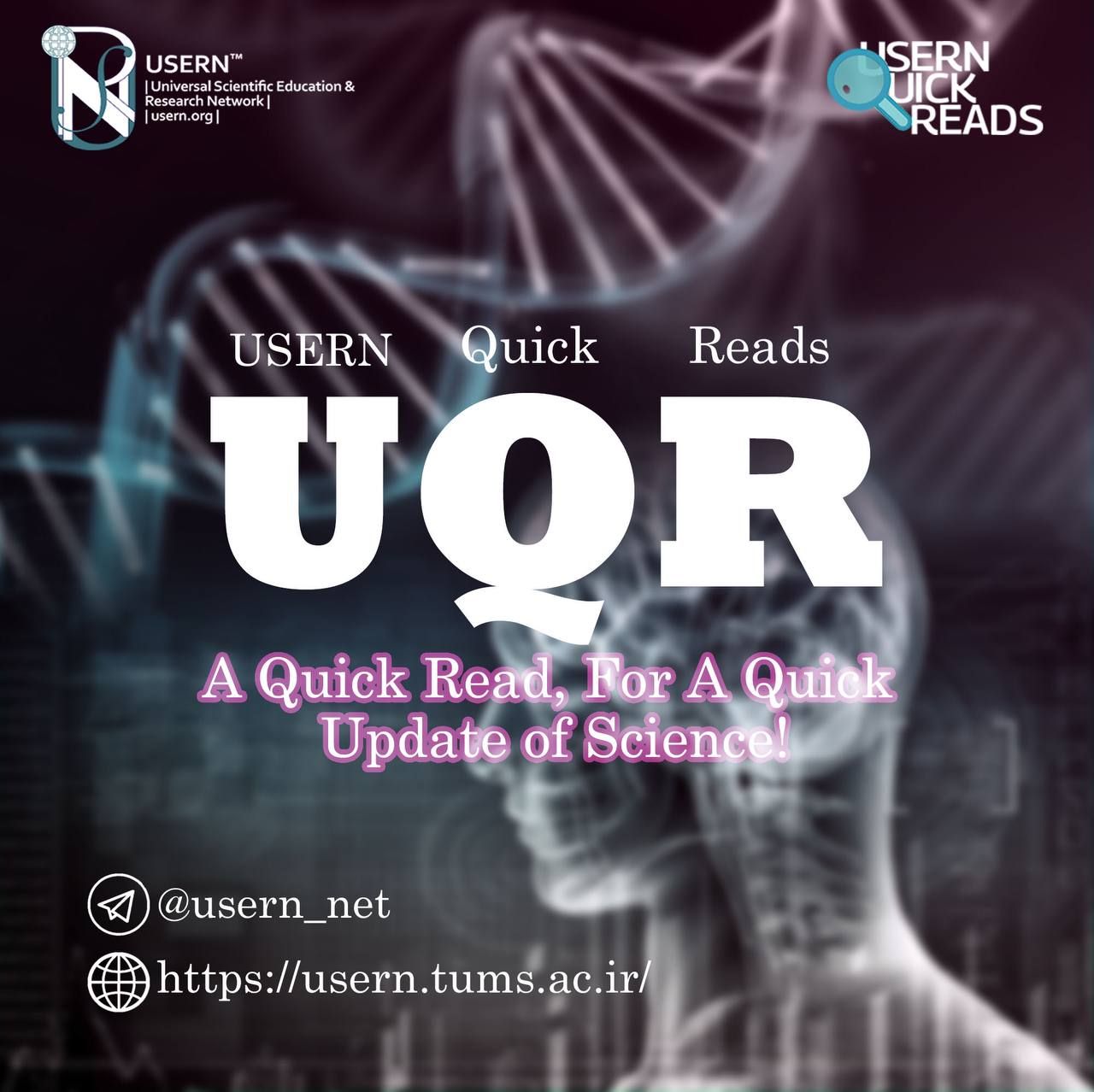Quick Reads
Death or Just Another Chemical?

We Have All Heard Of Near Death Experiences, Hallucinations, Feeling Outside The Body, And So On. We’ve Seen Them in Movies or Maybe Even Heard about Them. But Has It Ever Occurred To You, Why And How Do These Experiences Happen? Why Most People Have The Same Experience To Share? #UQR20
Death or Just Another Chemical?
We have all heard of near death experiences, hallucinations, feeling outside the body, and so on. We’ve seen them in movies or maybe even heard about them. But has it ever occurred to you, why and how do these experiences happen? Why most people have the same experience to share? #UQR20
According to Dr. David Luke, a senior psychologist at Greenwich University, all of these experiences are likely to come down to a class A hallucinogenic chemical compound named DMT.
DMT (Dimethyltryptamine) is an extremely powerful psychedelic substance. This compound is so powerful that its manufacture is restricted to scientific research and a few medical applications. This extremely hallucinogenic compound naturally occurs in human body as well as many plants.
DMT is found in large quantities in the cerebrospinal fluid. It has been demonstrated that certain patterns of breathing during different types of meditation can mimic the effect of DMT. The pineal gland which is situated outside the cerebrospinal fluid and is responsible for induction of the circadian rhythm through production of melatonin, is also able to produce DMT in rat, the significance of which is yet unknown. DMT is also thought to be responsible for psychosis, in that patients with schizophrenia may have an overproduction of DMT.
A pioneering medical doctor in the 1990’s called Rick Strassman, tested intravenous high doses of DMT on a group of healthy individuals and approximately half of the participants reported experiencing sentient entities, i.e. beings of an intelligent nature which appeared to be other than themselves. It is hard not to notice the overlap between the DMT experience and the near death experiences people have had including the sensation of leaving the body, entering into a tunnel of light and flashbacks of their lives. But there are dissimilarities as well. The interesting fact found about these experiences is that people with seemingly independent cultural background and experiences have similar types of encounters. It is still unknown if the similarity of these encounters are due to priori expectations before consuming the chemical, or due to inherent features of the hallucinogen itself.
Strassman’s theory also suggests that high levels of DMT in cerebrospinal fluid of patients with near death experience is a means for the brain to help transition from a living state to a post-mortem, whatever that might be. That’s a quite ambitious speculation from a scientific perspective, which is hard to verify because no one knows what happens after we die.
Source: http://littleatoms.com/science/psychedelic-drug-could-explain-our-belief-life-after-death
